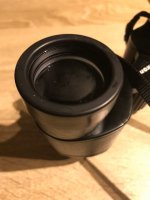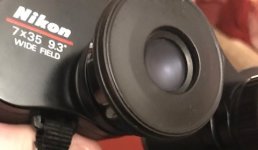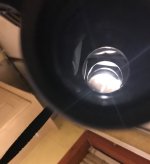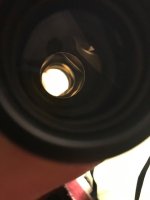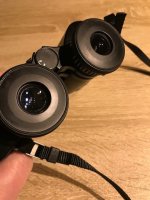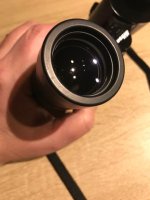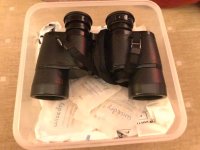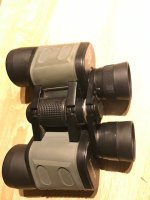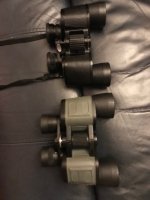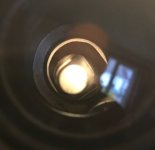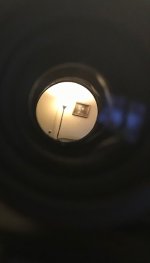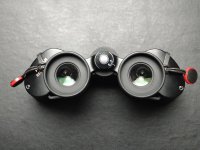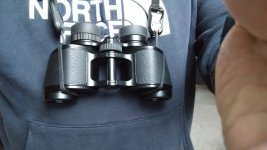brocknroller
porromaniac

DD,Hello again,
I’d like to report the results of two more experiments.
It occurred to me that a small binocular like the E II 8 x 30 being stored in a water and airtight Tupperware container with desiccant at room temperature will allow efficient diffusion of gases. The container has 20 sachets each containing 10g of activated silica gel. That ought to create a strong concentration gradient for the net diffusion of a small molecule like water vapour (molecular weight 18 which is considerably smaller than the average molecular weight of air) out of the inside of the binocular. Such a long-term storage strategy ought to thoroughly dehydrate the air in the interior of the instrument. And if that were true, I reasoned, it wouldn’t matter if I treated the binocular like any waterproof, nitrogen-gas-filled roof prism instrument. It should not fog up internally under any conditions so long as I kept to this storage routine.
I can now disclose the result of two further experiments. At five to midnight on Christmas day, I ventured outside with the EII 8 x 30. Temperature +2C, 75% humidity. The sky was clear and I enjoyed 45 minutes of stargazing wearing only light gloves. But instead of returning the instrument to the Tupperware container at the same temperature as the ambient outside air, I just brought it straight inside the house(temperature +20C) like I do with my water and fogproof roofs. The chassis quickly became covered in water as the cold metal encountered the warm inside air. The outer lenses fogged up, as I expected, but after a few minutes, I could see that the interior of the binocular did not fog up. Once it was dried down and left to further air dry, the inside remained crystal clear; no internal fogging observed! I then returned the instrument to its Tupperware container.
In a further experiment conducted on Boxing Day, I ventured out for a two hour glassing session. Temperature +3, 85 per cent humidity. This time I did not wear gloves (I did miss them however as the magnesium alloy chassis really gets cold fast). Time 12:00-14:00. Once again, I brought the instrument straight into my living room(temperature +21C) and watched what happened: once again, the chassis rapidly became drenched with condensed water, and the outer lenses fogged up. But after some of the water evaporated away, I could see that the inside of the instrument was crystal clear, with no signs of fogging. Once all the water had dispersed from the outer lenses, the instrument showed no fogging internally!
Conclusion: Storing the Nikon E II 8x 30 in this desiccant laden Tupperware container prevents internal fogging. Because the air is dry inside the instrument it should not fog up in any realistic situation I will encounter. No need to acclimatise the Tupperware container either. I can use it in much the same way as a modern roof prism binocular.
Yeeeehaaaw!
Thanks for sharing that. Wish I knew about this years ago! After I used my porros in the cold (except Fuji FMTs, which are sealed), I would rack in the EPs all the way, and then put the porros down the cellar, which wasn't heated, but it a bit warmer than outside, and leave them there overnight. The next day I'd put them in the closet near the front door, which wasn't as warm as the rest of the house. They never fogged but it was tedious. This method is a lot easier.
Do you rack the EPs all the way out before putting the E2 in the Tupperware?
Brock




